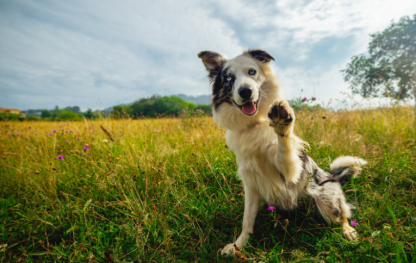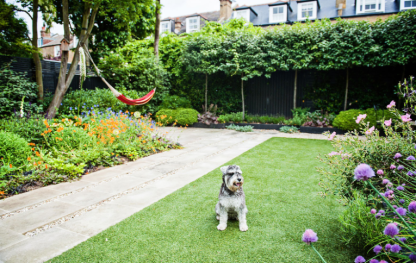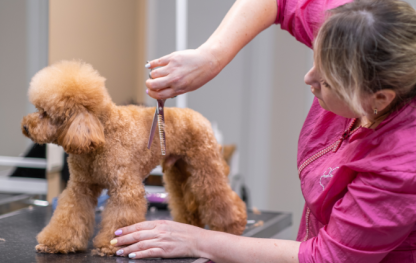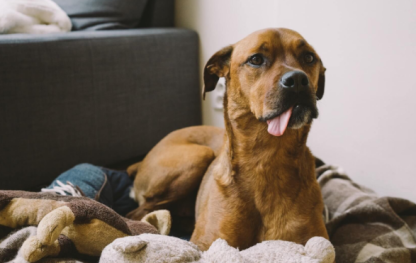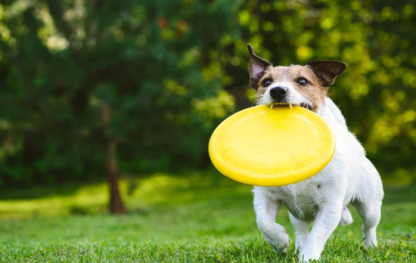Grooming Basics: Maintaining Your Dog’s Coat, Nails, and Teeth
Regular grooming isn’t just about keeping your dog looking cute—it’s a vital part of their overall health and well-being. From a shiny coat to clean teeth and trimmed nails, consistent grooming helps prevent discomfort, catch potential health issues early, and keep your dog feeling their best. For women balancing the demands of home, work, and pet parenting, establishing a simple grooming routine can make a big difference—and deepen the bond you share with your furry friend.
Even if your dog doesn’t love bath time or having their nails clipped, the right approach can turn grooming into a positive, stress-free experience. Gentle handling, lots of praise, and a few treats go a long way in helping your dog feel calm and cooperative. Plus, grooming sessions offer a great opportunity to check for anything unusual—like bumps, skin irritations, or signs of parasites—that might need veterinary attention.

1. Coat Care: Brushing and Bathing
How often you brush your dog depends on their coat type. Long-haired breeds may need daily brushing to prevent tangles and mats, while short-haired dogs can go a few days between brushes. Regular brushing removes loose fur, stimulates natural oils, and keeps your dog’s coat soft and healthy.
Bathing should be done every 4–8 weeks unless your dog has gotten into something messy or has a skin condition that requires more frequent cleaning. Use a gentle, dog-specific shampoo to avoid stripping their coat of natural oils, and be sure to rinse thoroughly to prevent irritation. Always dry your dog completely—especially in colder months or if they have a thick coat.

2. Nail Trimming: Comfort and Mobility
Overgrown nails aren’t just unsightly—they can actually cause discomfort and affect the way your dog walks. In some cases, they can even lead to joint issues or injury. Most dogs need their nails trimmed every 3–4 weeks, though this can vary depending on their activity level and the surfaces they walk on.
Use a quality nail clipper designed for dogs, and trim just a little at a time to avoid hitting the quick (the sensitive inner part of the nail). If your dog is nervous, start slowly, offer rewards, and consider trimming one paw at a time over several days. For dogs who are especially anxious, a professional groomer or vet can help.
3. Dental Hygiene: A Must, Not a Maybe
Dental care is one of the most overlooked areas of dog grooming, but it’s absolutely essential. Plaque buildup can lead to gum disease, tooth loss, and even infections that affect your dog’s heart and kidneys.
Aim to brush your dog’s teeth at least a few times a week using a dog-safe toothbrush and toothpaste. Dental chews, water additives, and vet-approved dental toys can also help reduce plaque and freshen breath. Regular dental checkups with your vet are recommended, especially as your dog gets older.and creative motivation, while sociable breeds thrive on praise and positive reinforcement. Tailoring your approach builds trust and makes learning more rewarding—for both of you.

Final Thoughts
Grooming is about more than appearances—it’s a key part of keeping your dog healthy, happy, and comfortable. With a little time, the right tools, and a lot of love, you can create a grooming routine that supports your dog’s well-being and strengthens your connection. After all, there’s nothing better than a clean, healthy pup snuggled up beside you.
